How to Silence a Noisy Box Spring: Simple Ways to Fix Bed Noise Fast
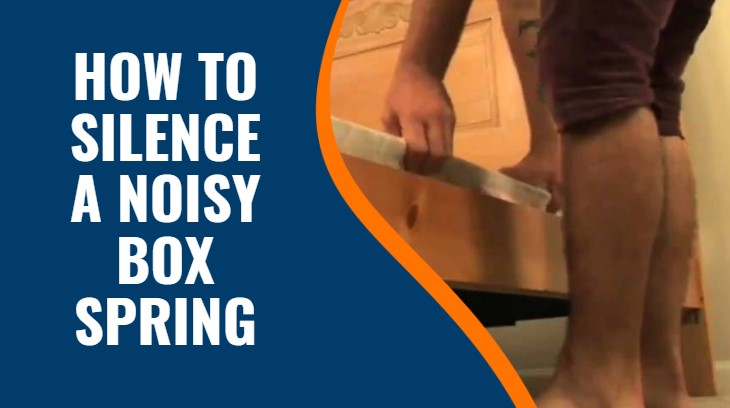
How to silence a noisy box spring? To silence a noisy box spring, you can tighten loose bolts, add padding ...
Read more“What Happens If I Don’t Use a Box Spring: Effects on Mattress and Sleep Quality
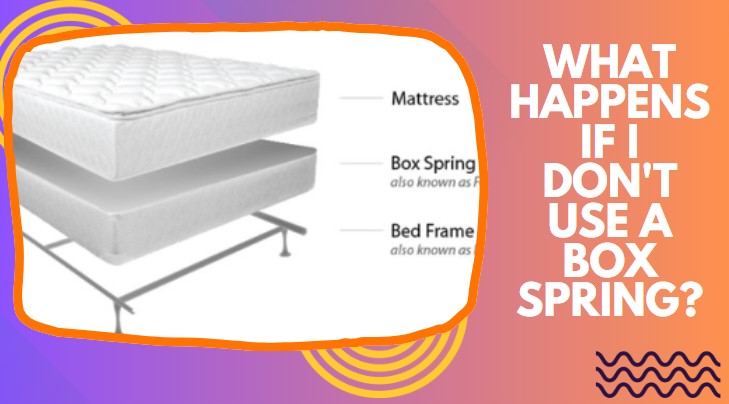
What happens if i don’t use a box spring? If you don’t use a box spring, your mattress may not ...
Read moreHow to Store Mattress And Box Spring: Expert Tips and Tricks
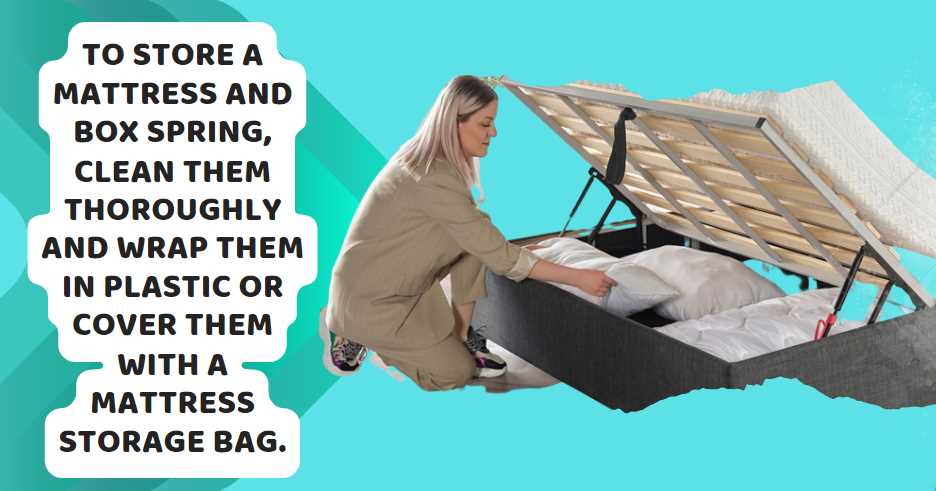
Wondering about how to store mattress and box spring? To store a mattress and box spring, clean them thoroughly and ...
Read moreWhy Do Box Springs Have Fabric on the Bottom? Hidden Function and Protection Tips
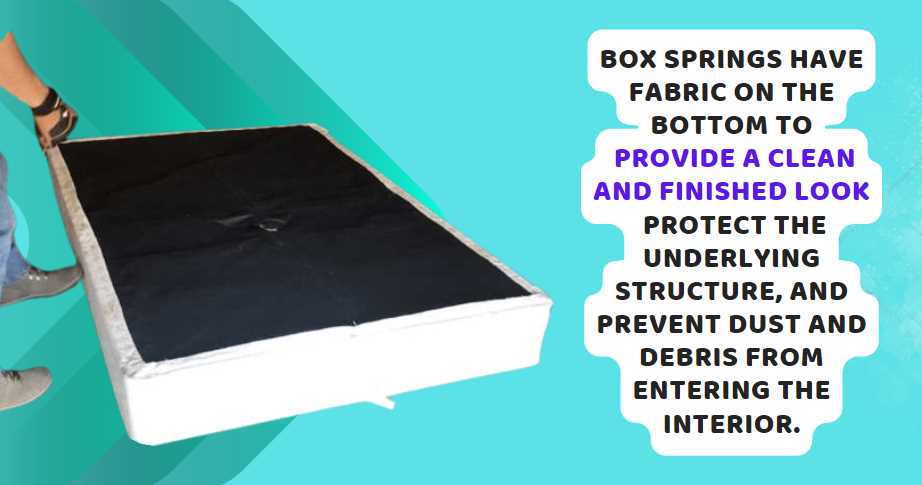
Why do box springs have fabric on the bottom? Box springs have fabric on the bottom to provide a clean ...
Read moreHow to Safely Transport a Box Spring on a Car: Expert Guide
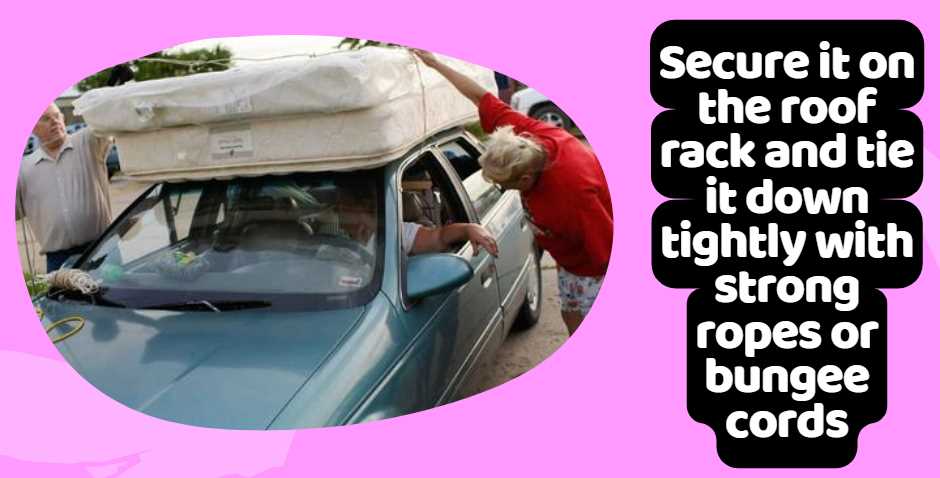
Secure the box spring to the car roof using strong rope or ratchet straps, ensuring it’s tightly fastened and won’t ...
Read more